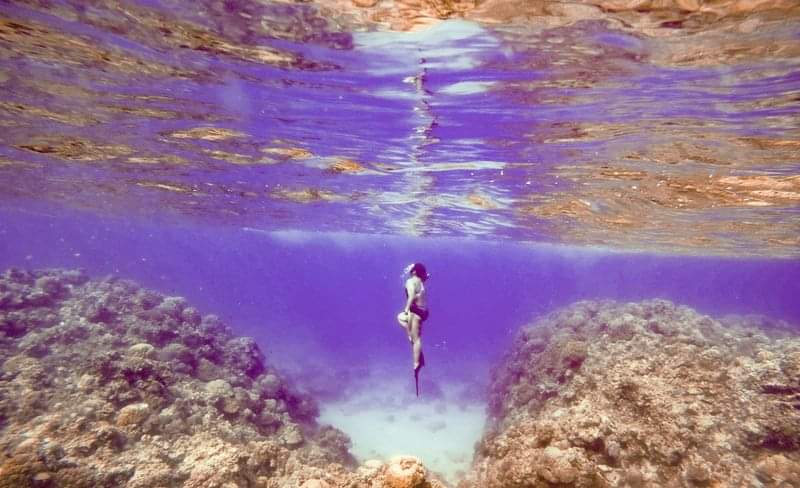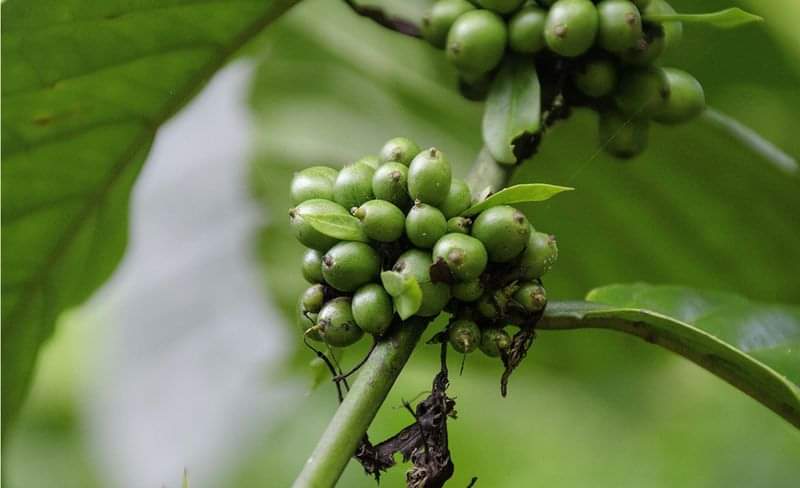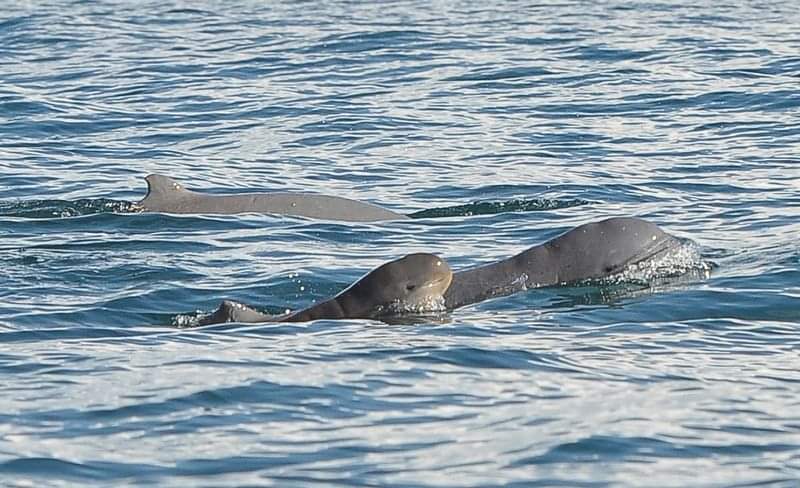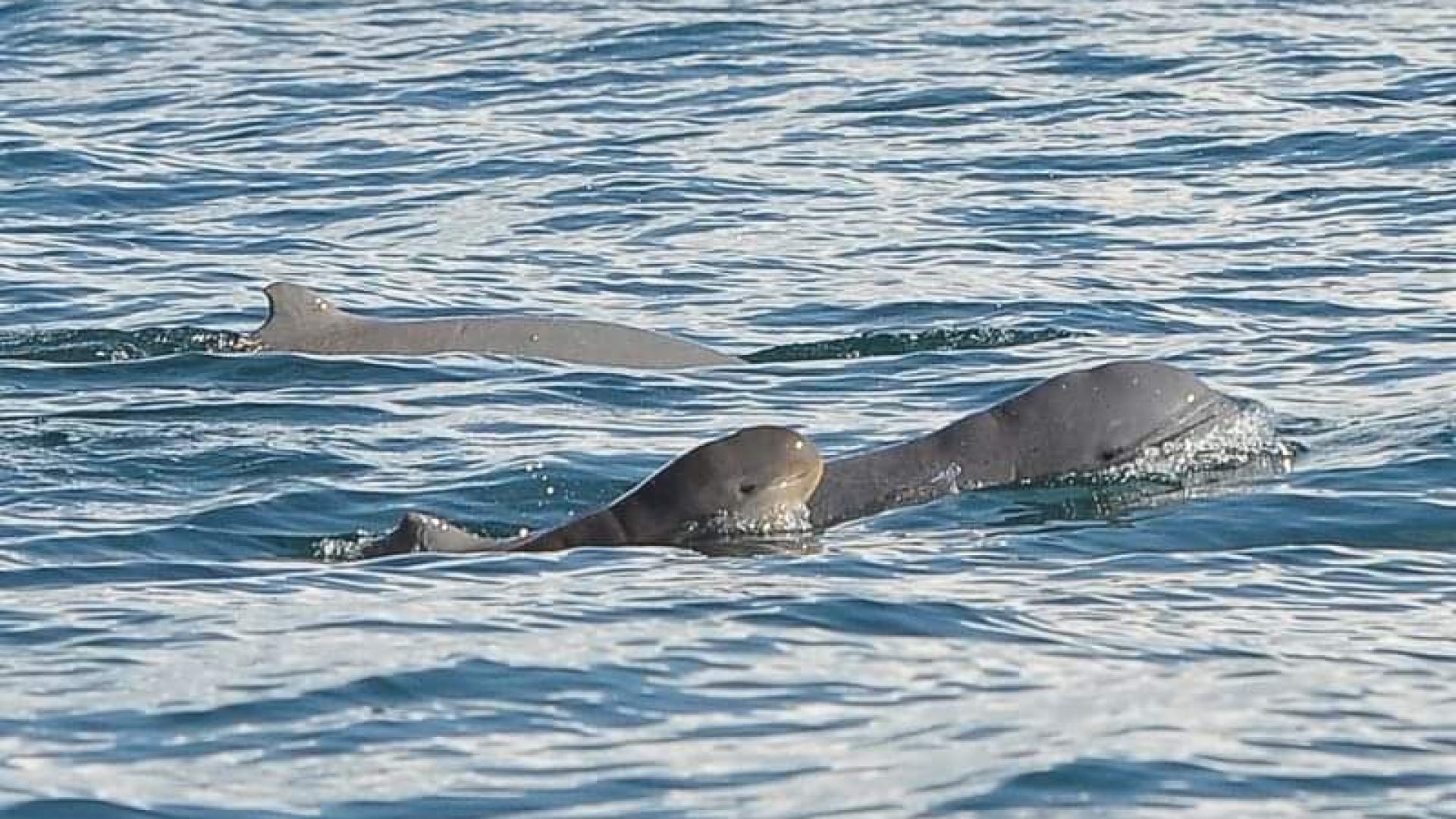 The grass is always greener. In this day and age of grim ecological mismanagement, the environment remains a cherished topic in Negros Occidental. We have a modest share of white sand beaches, but at least their true, not dolomitic nor “hakot” from a nearby island.
The grass is always greener. In this day and age of grim ecological mismanagement, the environment remains a cherished topic in Negros Occidental. We have a modest share of white sand beaches, but at least their true, not dolomitic nor “hakot” from a nearby island.
Our thriving coral reefs account for more dive spots than commercially pushed destinations. And our mountains, which we proudly share with Negros Oriental, are avidly talked about.
By bikers, Mountain climbers. Even coffee connoisseurs. So you see, at least in this neck of the woods, enterprise and ecology mix happily.
And just like that, we’ve assigned June as the Environment Month here at Negros Season of Culture.
We’re featuring natural attractions tucked in Negros Occidental’s less traveled paths, the kind that ordinarily do not get front page exposure.
Like the forest canopy of Minoyan in Murcia. This is home to a cooperative of coffee growers that regularly supply beans to KapiPat, a coffee shop in Bacolod with a green platform.
Owner Paul Jasper Javellana roasts, grinds, and brews only local coffee, an charming ceremony that is big in aroma and taste, as it is in mission.
Offshore, many of you might already know Danjugan Island in the southern town of Cauayan. We also featured this 43-hectare reef and rainforest conservation project on our website last year.
But just like many of you who cannot get enough of wildlife encounters, we’re bringing Danjugan back, this time through the lens of Aeson Baldevia, internationally featured, multi-award photographer and graphic artist.
A product of Danjugan’s marine camps, in 2019 Aeson became a volunteer on the island. He shares with us his artistic captures of this heaven on Negros, through his own photo gallery that we launch this month. Should you decide in your next visit to spend more time on marine wildlife, Bago City will surprisingly delight you.
Should you decide in your next visit to spend more time on marine wildlife, Bago City will surprisingly delight you.
Twelve Irrawaddy dolphins have come to town to make Bago River their own “Club Med”. Our editorial team visited with Mark de la Paz of the Lumba Project. Recently joined by the University of St. La Salle Centre for Research Natural Science Department.
The city government of Bago, and the Province of Negros Occidental, the project aims to educate the local community on how to protect the dolphins. Responsible tourists are encouraged to visit to learn about the Irrawaddy dolphins and their ecosystem. Tourism economy is truly noble that way.





